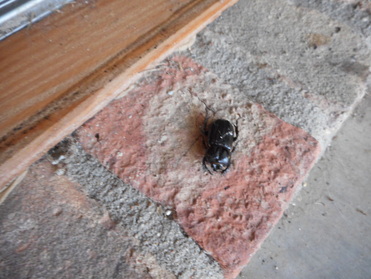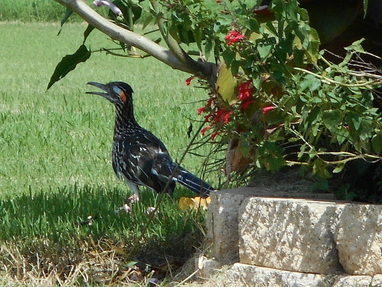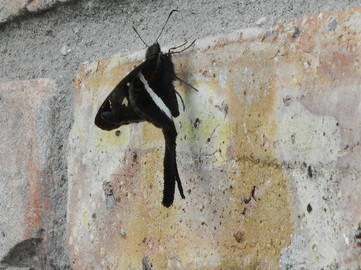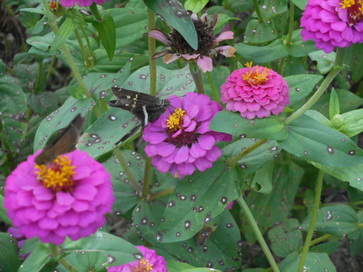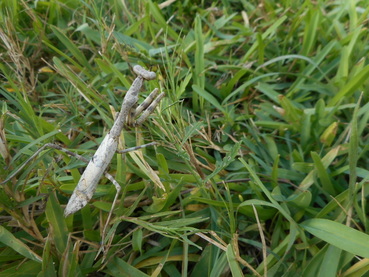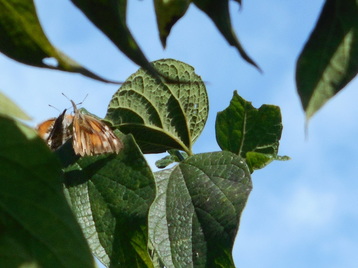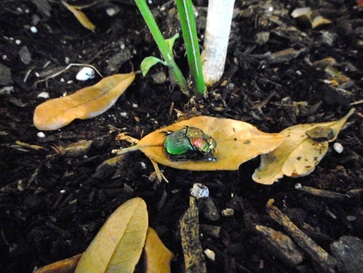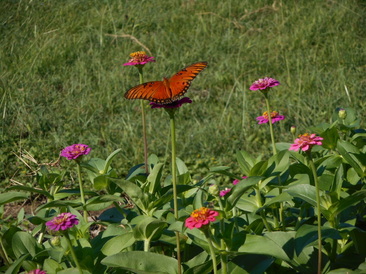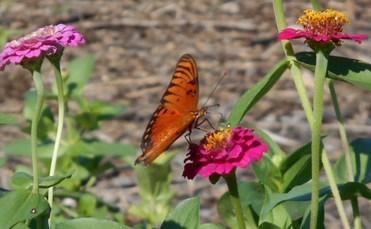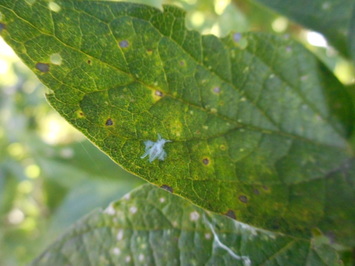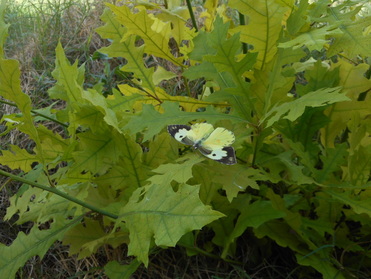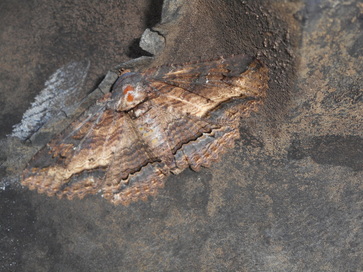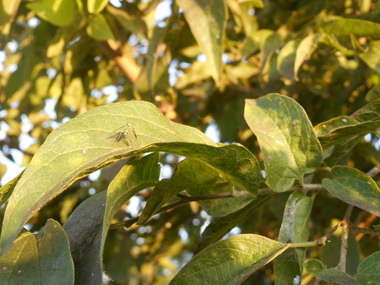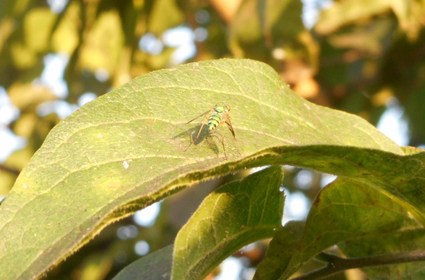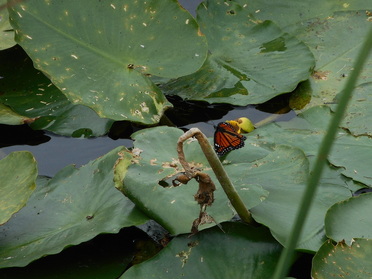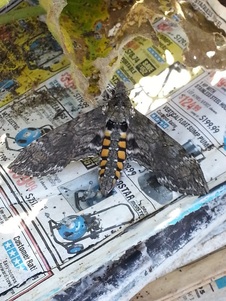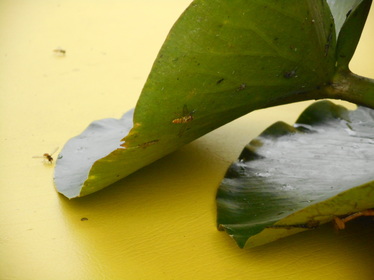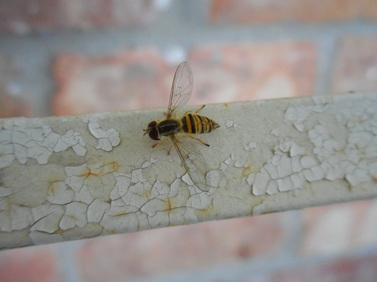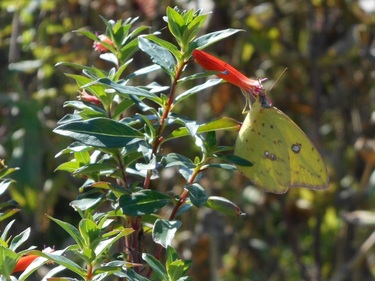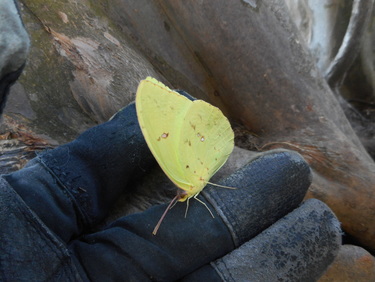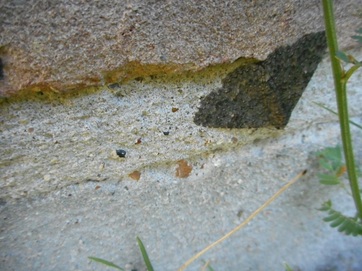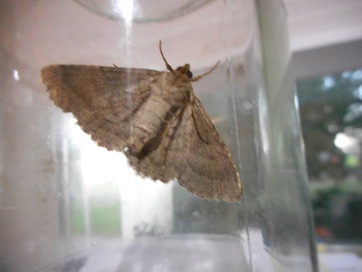To help find the hidden guest, click on the pictures below to enlarge.
Answers can be found at the bottom of this page.
Answers can be found at the bottom of this page.
|
53. Roadrunner:
a) d and e only b) c and d only c) eats small animals, scorpions and insects d) prefers running to flying e) lives only in Texas |
|
54. White-striped Long tail Skipper:
a) has a long tail b) winters over in South Texas c) is small or medium in size d) appears to have moth and butterfly-like features e) all of the above |
|
55. Carolina Mantid:
a) has two pair of wings b) triangle-shaped head can turn side to side c) prays on pest insects d) all of the above e) a and b only |
|
56. Snout Butterfly:
a) all of the below b) fossils have been found c) seems to mill around when flying d) adults feed on plant nectar e) favor hackberry trees |
|
57. Green June Beetle:
a) c and d only b) c, d and e c) head has a horn d) flies at night to find food e) can be an agricultural pest |
|
58. Gulf Fritillary Butterfly:
a) visits zinnias (flowers) for nectar b) often flies over the Gulf of Mexico c) caterpillars are striped with spines d) a and c only e) a, b and c |
|
59. Wooly Aphids:
a) c and d only b) c and e only c) secrete a clear liquid called “honeydew” d) destroy crops and other plants e) are beneficial |
|
60. Dogface Butterfly:
a) makes a barking sound when disturbed b) flies only at night c) has a dog-like head on each forewing d) has a wide fat body e) a and c only |
|
64. Long-legged Fly:
a) feeds on mites and small insects b) has long legs c) body is metallic blue or green d) all of the above e) b and c only |
|
65. Viceroy Butterfly:
a) c, d and e b) c and d only c) adult mimics the monarch butterfly d) has a black band on each hindwing e) likes willow trees as its host plant |
|
66. Carolina Sphinx Moth:
a) caterpillar is the tobacco hornworm (#22) b) host crops include potato, tomato and tobacco c) has thick wavy lines on each hindwing d) all of the above e) a and c only |
|
67. Hover Fly:
a) adults are active b) larvae are highly beneficial c) a, b and d d) wings are clear e) b and d only |
|
68. Cloudless Sulphur Butterfly:
a) favors lantana, turk’s-cap, hibiscus plants for nectar b) has black borders on wing tips c) lives in sunny open areas d) a and c only e) a and b only |
|
69. Black Zale Moth:
a) all of the below b) female has thin antennae c) has small whitish dot on each forewing d) wingspan can be up to two inches e) host plant is dogwood and locust |
|
